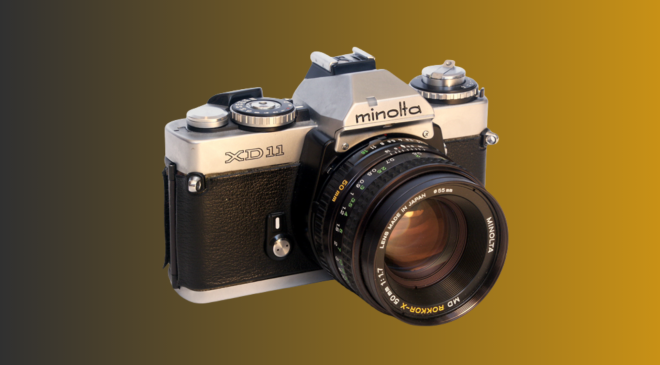Best Digital Single Lens Reflex Camera. Digital Single Lens Reflex (DSLR) cameras have revolutionized the world of photography, providing enthusiasts and professionals with powerful tools to capture stunning visuals. Let’s delve into the intricacies of the best DSLR cameras, exploring key features, top brands, and valuable tips for maximizing their potential.
Introduction to Digital Single Lens Reflex (DSLR) Cameras
In the realm of photography, DSLR cameras stand as the epitome of versatility and image quality. Unlike their point-and-shoot counterparts, DSLRs boast interchangeable lenses and advanced features that cater to a broad spectrum of users.
Top Brands in the DSLR Market

Understanding the Basics
Best Digital Single Lens Reflex Camera. At its core, a DSLR consists of a single lens and a reflex mirror. Light enters through the lens, reflects off the mirror, and reaches an optical viewfinder, providing a real-time view of what the lens sees., operates using a mirror mechanism. Light enters through the lens and hits a mirror, which reflects it up into a pentaprism or pentamirror. This redirects the light to the viewfinder, allowing the photographer to see exactly what the lens sees in real-time. When the shutter button is pressed, the mirror flips up, enabling light to reach the image sensor, capturing the photograph. This mechanism facilitates precise composition and focusing through the optical viewfinder.
How Does a DSLR Differ from Other Cameras?
Unlike point-and-shoot or mirrorless cameras, DSLRs use a mirror mechanism, allowing for precise composition and focusing. This fundamental difference affects the overall shooting experience and image quality.
. Unlike most cameras, a DSLR uses a mirror mechanism to reflect light from the lens into an optical viewfinder, providing a real-time, optical preview of the scene. This allows photographers to compose shots precisely, especially in challenging lighting conditions or with moving subjects.
Additionally, DSLRs usually have a larger variety of compatible lenses, providing flexibility and options for various photographic needs. They often offer longer battery life compared to mirrorless cameras. However, they tend to be bulkier and heavier due to the mirror and prism system.
In contrast, mirrorless cameras use digital displays or electronic viewfinders, giving a digital preview of the image. They are generally more compact and lighter due to the absence of a mirror mechanism. Each type has its advantages, and the choice depends on the photographer’s preferences and intended use.
Components of a DSLR
The Lens
The lens is a critical component of a DSLR. It allows you to control the amount of light entering the camera and influences the composition and sharpness of the image.
The Mirror and Viewfinder
The mirror reflects light up into the optical viewfinder, enabling you to see exactly what the lens sees.In a single-lens reflex (SLR) or digital single-lens reflex (DSLR) camera, the mirror and viewfinder play crucial roles. When you look through the viewfinder, light passes through the lens and hits a mirror. This mirror reflects the light up into a prism or pentaprism, redirecting it into the viewfinder. Consequently, you see a real-time optical representation of the scene you’re about to capture. This mechanism allows you to compose your shot accurately and make adjustments before taking the picture. When you press the shutter button, the mirror flips up, allowing light to reach the image sensor, capturing the photograph.




